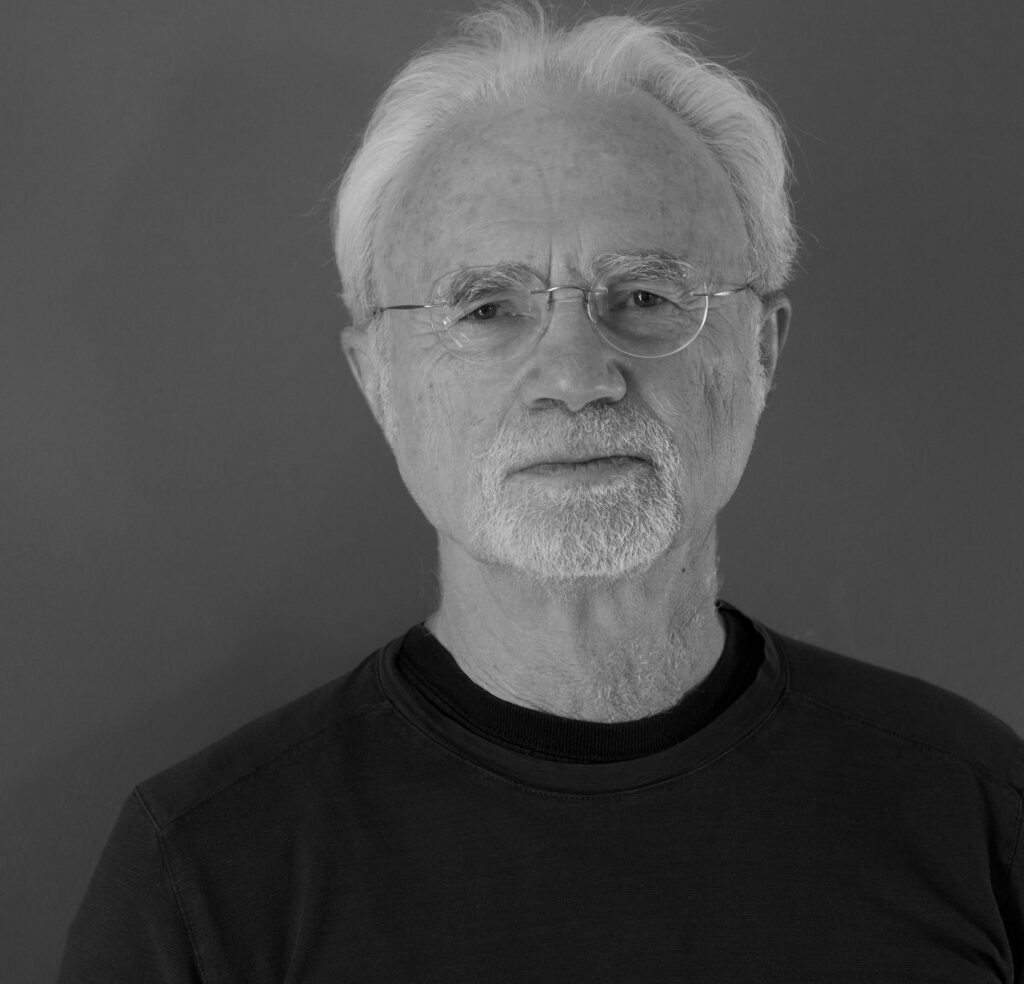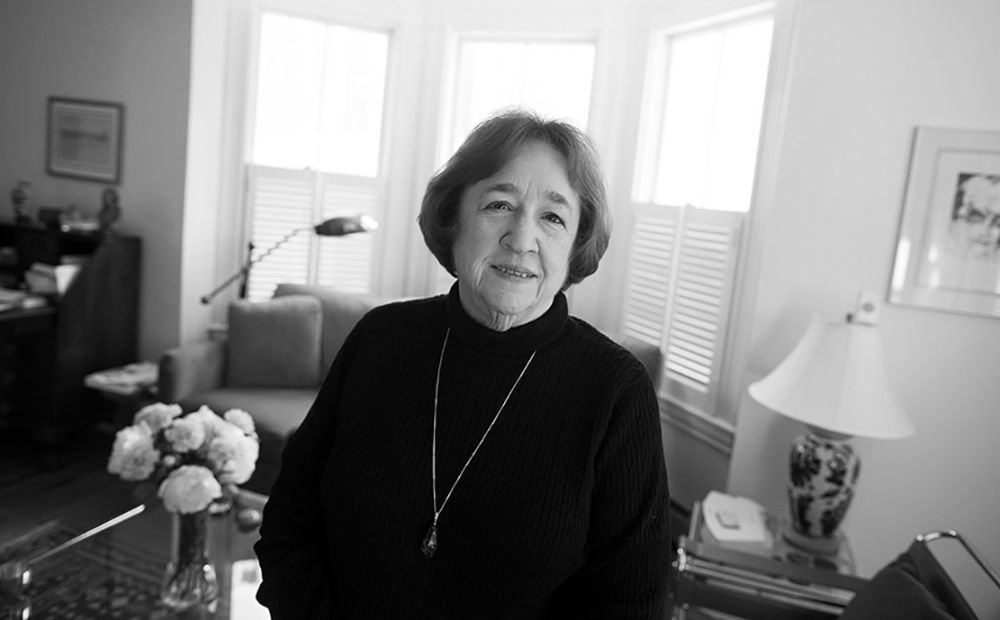ELENA, 10 POINT: This typeface—conceived of by independent typographer Leopold Shunt, as the moon set on the final night of his wife’s life—disintegrates over time. The more a word is used, the more it crumbles and fades—the harder it becomes to see. By the end of this book, utilitarian words like the, a and was would have been lost on the white page. Henry’s recurrent joys and tortures—bathwater, collarbone, vulnerability, pillowcase, bridge—would have been ruins, unintentional monuments to bathwater, collarbone, vulnerability, pillowcase and bridge. And when the life of the book dwindled to a single page, as it now does, when you held your palm against the inside of the back cover, as if it were her damp forehead, as if you could will it to persevere past its end, God would have been nearly illegible, and I completely invisible. Had Elena been used, Henry’s last words would have read:
TACTIL, VARIABLE POINT: “A text should reveal the heart’s emotional condition, as an EKG readout reveals its physical one.” This idea was the inspiration for Basque typographer Clara Sevillo to create Tactil, a good example of the early interface types. The size of a letter corresponds to how hard the key is pressed. Air-conditioning blows its story over the keys, as does the breath of a bird on the sill, as does the moonlight, whose infinitesimally small exertion also tells a tale. Even when there is nothing applying pressure to the keys, a text is still being generated—an invisible transcript of the world without witnesses. And if one were to hammer the keyboard with infinite force, an infinitely large nonsense word would be produced.
If this book had been typeset in Tactil, Henry’s various I love yous could have been distinguished—between narcissistic love (“I love you”), love of love rather than love of another (“I love you”), and traditional, romantic love (“I love you.”) We could have learned where Henry’s heart leaned when on the unsafe wooden bridge he confessed himself to Sophy. And we could have learned if it is true that one can love only one thing at a time, making I love you definitionally impossible.
Tactil was not used because preliminary calculations suggested that the author was striving—intentionally or not—to recreate the physical world. That is, tree was typed with the force to make the word as large as a tree. Pear, cumulus and Band-Aid typed to make the words to the scale of a pear, a cloud and a Band-Aid. To print the book in this way would have required bringing another world into existence, a twin world composed entirely of words. We finally would have known the sizes of those abstract ideas whose immeasurability makes us, time and time again, lose our bearings. How does existentialism compare to a tree? Orgasm to a pear? A good conversation to a cumulus cloud? The mending of a gnarled heart to a Band-Aid?
But even if logistics had permitted, this typeface still would have been rejected, because as a quantitative, rather than qualitative, measure, it could have been quite misleading. That is, Henry’s love for Sophy may have been the size that it was because of hate, sympathy, jealousy, neediness or, however unlikely, love. We would never have known, only that there was much of it, which is to know very little.
TRANS-1, 10 POINT: This typeface refreshes itself continuously on the screen, words being replaced by their synonyms. Now autumn begins exists only for long enough to bring present fall commences into existence, which instantly disappears to make room for gift descend embarks, which dies so that talent alight boards ship can live. Trans-1’s creator, I.S. Bely (1972–), said that he hoped the typeface would illuminate the richness of language, the interconnectedness, the nuance of the web. But instead, Trans-1 reveals language’s poverty, its inadequate approximations, how a web is made of holes, how the river of words flows always away from us.




